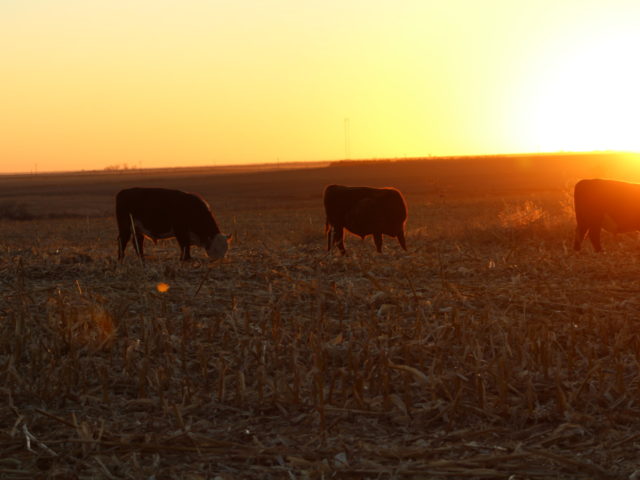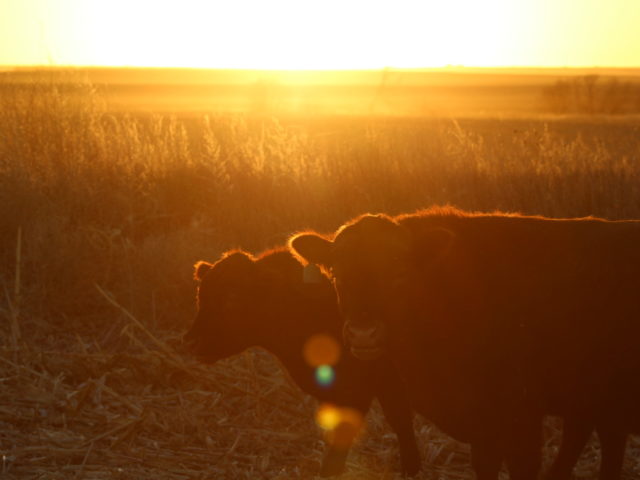- About
- Semen Sales
- Past Catalogs
- March 2025 Bull Catalog
- March 2025 Heifer Catalog
- March 2024 Bull Catalog
- March 2024 Heifer Catalog
- March 2023 Bull Catalog
- March 2023 Heifer Catalog
- March 2022 Bull Catalog
- March 2022 Heifer Catalog
- March 2021 Bull Catalog
- March 2021 Heifer Catalog
- March 2020 Bull Catalog
- March 2020 Heifer Catalog
- March 2019 Bull Catalog
- March 2019 Heifer Catalog
- December 2017 Catalog
- February 2017 Catalog
- Newsletters
- Ichthys Premium Meats
- Contact
- About
- Semen Sales
- Past Catalogs
- March 2025 Bull Catalog
- March 2025 Heifer Catalog
- March 2024 Bull Catalog
- March 2024 Heifer Catalog
- March 2023 Bull Catalog
- March 2023 Heifer Catalog
- March 2022 Bull Catalog
- March 2022 Heifer Catalog
- March 2021 Bull Catalog
- March 2021 Heifer Catalog
- March 2020 Bull Catalog
- March 2020 Heifer Catalog
- March 2019 Bull Catalog
- March 2019 Heifer Catalog
- December 2017 Catalog
- February 2017 Catalog
- Newsletters
- Ichthys Premium Meats
- Contact
December 4, 2020
Hello All:
What are you willing to do to keep your cows in your herd? Forgive them when they come up open and keep them anyway? Overlook a bad udder or a mean temperament? Treat them for any malady they may have? Feed them because they are losing condition grazing on their own? Most problems can be overcome to keep cattle in the herd. If an animal doesn’t break a leg or die or have some serious issue, there are management protocols, treatments and feed that can overcome most problems you encounter. Are you tired of dealing with cattle problems? Are you tired of making excuses for your cattle? There is a simple way to solve problems in a cattle herd that doesn’t involve more management, treatments or feed.
When we started with PCC in 2003 we had a paradigm shift regarding phenotype. We were no longer desiring huge cattle. It took us several years but we eventually had a massive change of paradigm regarding management protocols as well. We learned that all of the above-mentioned problems can be overcome…but not by forgiving, treating and feeding. We decided to solve the problems by doing nothing. Well, that’s not an entirely accurate picture. We decided to solve our problems by removing the props and seeing what cattle made it. We decided to solve our problems by getting rid of them!
At the time we decided to make this change in management I had a teaching/coaching/bus driving job(s) that paid our living expenses and helped pay the farm expenses. We also had farm-ground acres that were contributing some positive income. WARNING: I wouldn’t recommend many, if any, operations change their management protocols as radically as we did. Those who know me are aware that I’m an all or nothing guy. I believe in the realm of business it needs to be done right or it shouldn’t be done.
So what did we do? We quit treating our cattle for disease. (Note: We never stopped vaccinating for respiratory or 7-way but we only give a shot to nearly weaned calves; we don’t vaccinate cows.) We no longer rounded cattle up or put them in the chute for things like pinkeye and hoofrot. We quit pouring the cattle. We quit keeping open cows. We changed what we tolerated regarding udders. Average to below-average udders went into our beef production herd; 2 star and below udders were culled completely. High-headed cattle were identified (easily) and culled. And, most importantly, we quit feeding our cattle.
Can you anticipate where this is going? The first spring after starting these new protocols we had a bunch of bald cows (lice) that were in terrible condition and didn’t breed back during that summer…but nowhere near all of them! When I began to put pressure on the herd the pregnancy percentages were sometimes as low as 70% for the cows and 50% for the replacement heifers. We were making fast progress…and it was painful. It was gut-wrenching to watch female after female go into the cull pen during preg. checking, but we were keeping what should be in a herd and culling what shouldn’t.
As the years have gone by our conception rates have improved dramatically (I plan to report on that soon). We now have almost zero hair loss in the spring. We have some cloudy eyes but most of our cattle now either don’t get pinkeye or recover so well that you can’t tell. Our cattle stay in good condition on what the operation provides through grazing, never through feeding. I often tell the kids I have enough problems to deal with and I don’t need more. I knew I didn’t have time to deal with a bunch of cattle problems. Though getting rid of problems was a necessity by virtue of how we live, it is also a necessity for being a seedstock producer. I guarantee if you have been in the cattle business long enough you have experienced the problems that your seedstock producers failed to eliminate from their herds. I am not claiming perfection by any stretch, but our cattle will by-in-large produce problem free cattle for you.
We can offer the best grazing genetics because we start with the best grazing genetics then pare the animals down through the pressure we put on them in our system. I would enjoy taking in cattle from other seedstock systems and seeing how long they last. We don’t treat our cattle; they get better or die. Almost all get better, and the ones that die could not have been helped anyway. I assume most seedstock producers try to “save” their cattle so they can get them in their production sale. I figure if an animal has a problem that needs to be addressed it shouldn’t become seedstock. That just passes the problem on to someone else. We don’t sell our problems, we eat them!
Grace to you all.
Lanny Greenhalgh | Steward
[email protected] | (402) 984-6375
www.icecattle.com





